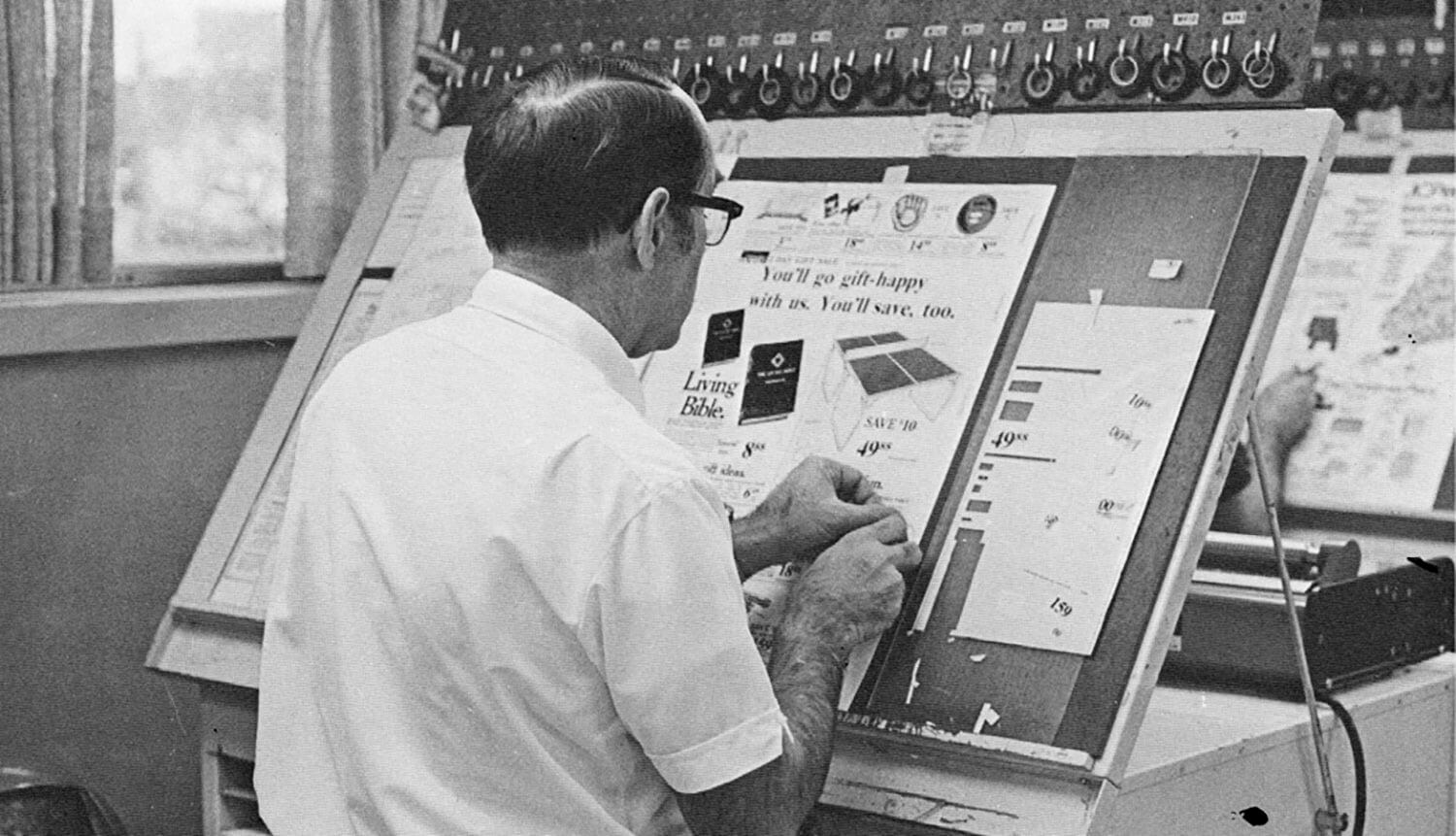If you worked in advertising in the 80s, you’ll take this nostalgic trip with me. If you weren’t even born at that time, you’ll wonder how we got anything done without technology – except for typewriters and copy machines.
In 1985, I worked at Young & Rubicam on Madison Avenue. I was one of several media secretaries typing internal memos, letters to clients and filling out flowcharts – all with a typewriter. If someone wanted to make changes and you couldn’t make it work with white out, you had to start over and re-type whatever you were working on. When the electronic typewriter came out that year, all of us secretaries were elated. These typewriters kept your letters and memos in memory, so you could adjust what needed to change, press a button and…voila.
Later I was accepted into the Account Management Training Program and moved up the ranks.
Here are some other examples of how we managed our accounts without technology:
- B&W ads were laid out on boards called mechanicals. When you needed to finalize an ad to send out, we ran down to the stat room, had a stat made, and sent it out. Tools to create mechanicals included rubber cement, mechanical ink pens, and rubylith.
- When a type change was needed on an ad, the art director took a piece of paper like vellum, wrote out the copy on the paper and taped it over the old copy on the ad. Then it went to production and to the type shops.
- Art directors drew all of their initial campaigns by hand. TV scripts were done on a sheet where boxes were on the left for visuals and blank spaces on the right for copy.
- Account Coordinators and Assistant Account Executives went to the Production Department at the end of every day to hand over whatever type we needed to the production manager as he/she met with the type house daily. Type for the mechanicals was returned the next day.
- We all had to keep a “chron” of all of our correspondence. Every memo, letter, etc. went into the chron (a big, black binder) so we could pull it out, if, and when, we needed it. We all had shelves of binders in our offices.
- The folks in the mail room were busy all day delivering inter-office mail. We had 26 floors at Y&R and many people were copies on all correspondence.
- The copiers were also kept very busy, and it wasn’t out of the ordinary to run to three or four floors to find one that worked.
- The tape department made beta tapes of all the TV spots that had to be mailed to the local TV stations all over the country. Cassettes were sent to radio stations. There was a a trafficker whose job it was to sent out TV and radio tapes and print ads all day, every day.
- We had an animatic department which produced test TV spots for clients. These could cost $50-$60K. An art director I worked with, who had a Mac, (Macs came out in 1984 but weren’t in Y&R until around 1986) created his own animatic in a few hours of work. We showed it to the executives and to the animatic department who threw an absolute fit because they realized their days were numbered.
- Approvals on ads meant having someone walk around the office with a folder containing the creative and an approval form to ensure that everyone reviewed and approved the artwork with a signature.
Do you have a memory of working in advertising in the 80s or even the 90s? Email me at ssilva@superusmarketing.com and I’ll share it.



